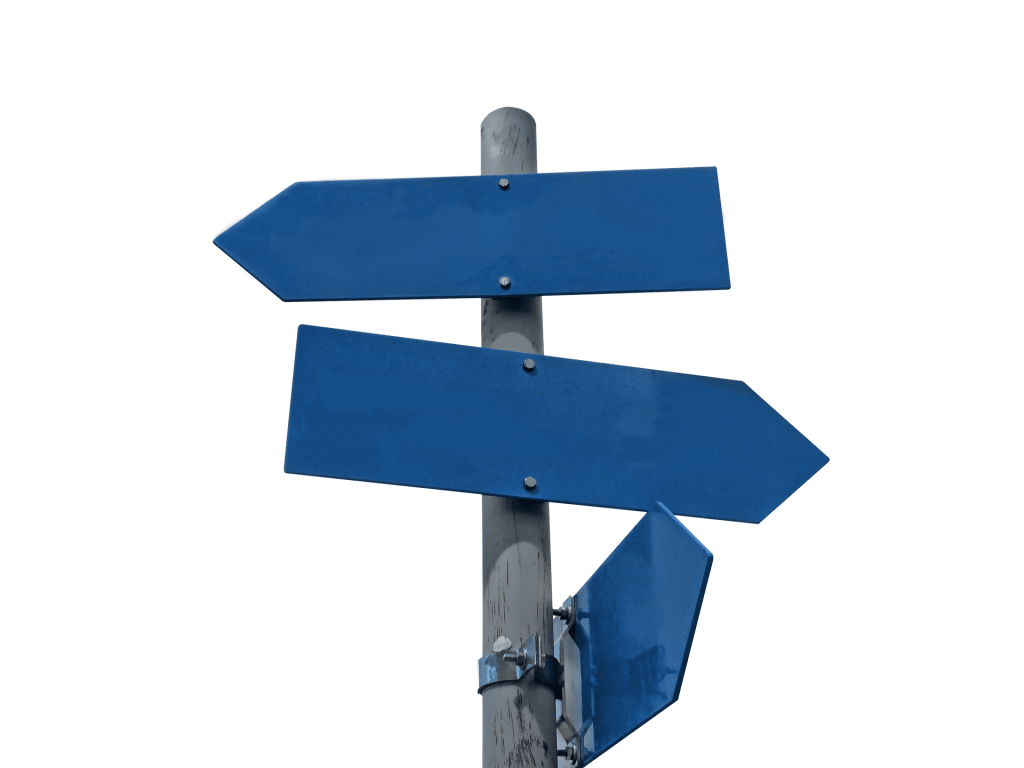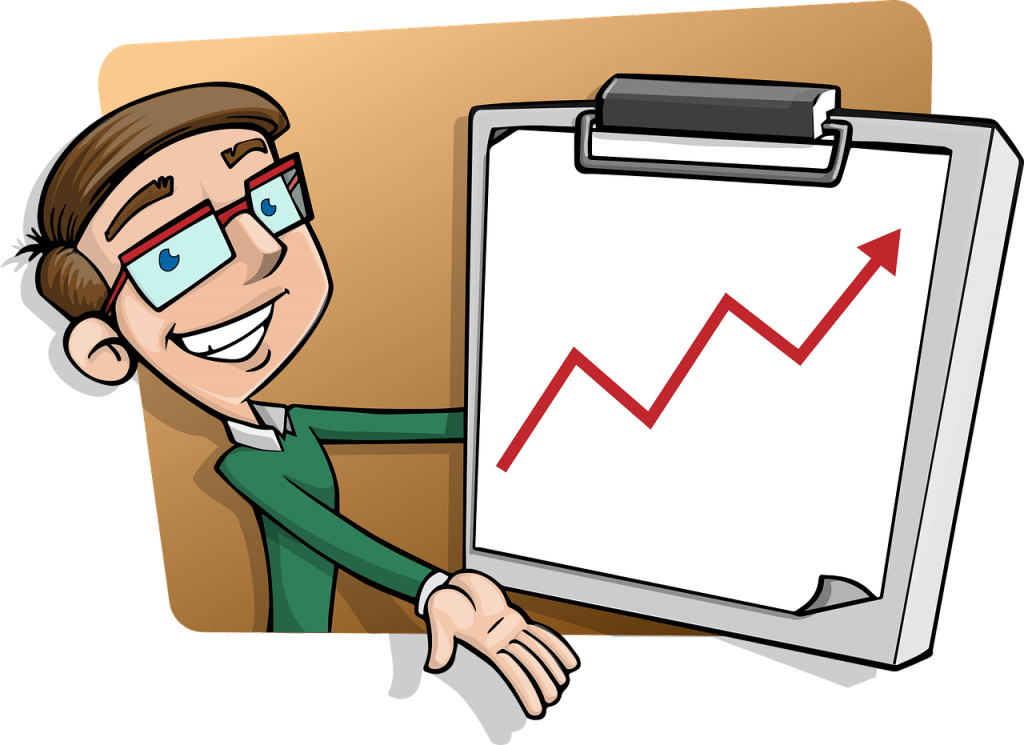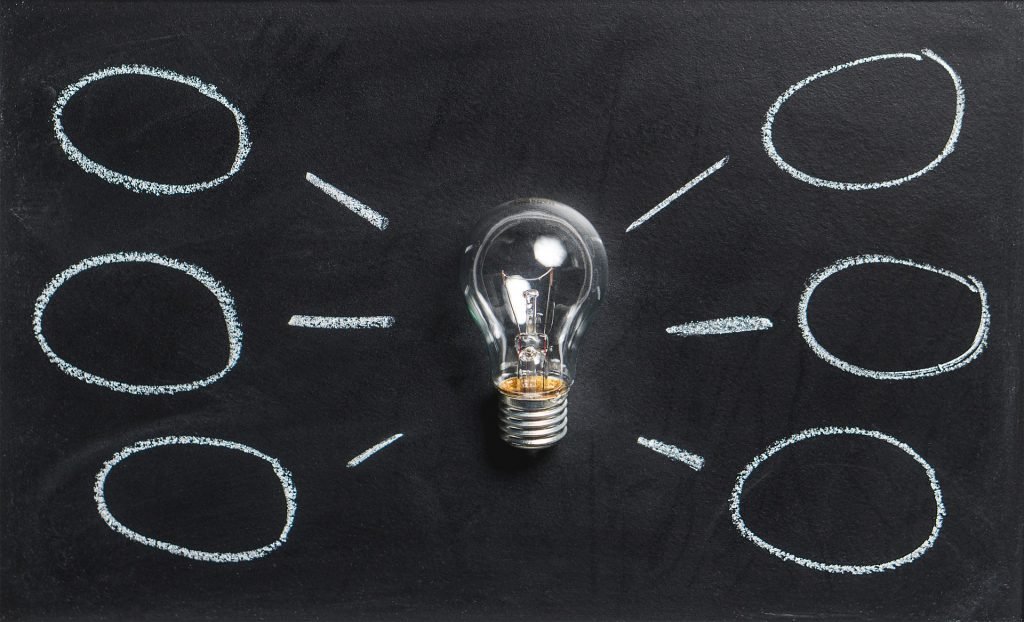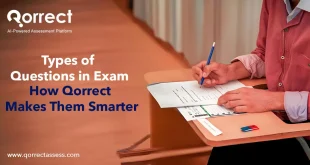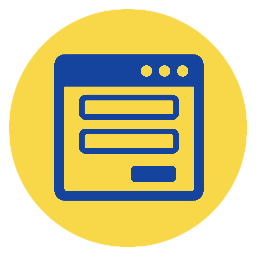ِAssessments are one of the main elements of the educational process. It constituted a method to evaluate the development and understanding of the students, whether by assessing assignments or tests. Educational institutions are then able to determine the weak points in the process and work on fixing them.
Assessments have been defined, by the educational writer and research Martha Stessen, as the “systematic collection and analysis of information to improve student learning”.
Teachers cannot make decisions on the skills and performances of students without a detailed assessment of those skills and performance. However, these assessments are not a target; they are only means to an end.

The process of assessing starts by determining the strengths and weaknesses based on the collected information. Then decisions are taken and plans are executed to develop those strengths, find the reasons behind the weaknesses, and prevent them.
Table of Contents
The importance of assessment:
Assessments are considered the main method to determine how effective the educational process and how able students are to achieve and develop. Assessments also help teachers improve teaching methodologies and help educational administrations develop mechanisms to improve the educational process and curriculums, as well as find a solution to anything that prevents the growth of students.
We can summarize the importance of assessment in a few points:
- Specialists work on developing educational methods all that time, and assessment is a main step in the process of development. As those specialists need advanced assessment tools to pinpoint the weaknesses that need development, assessment is considered the cornerstone of development.

- Assessment helps supervisors see the elements of their work clearly. They can understand better how the books, curriculums, and logistical operations are functioning which results in better decision-making.
- Through assessments, expenses, time, and efforts can be regulated and steered to the right direction.

- Receiving feedback can work as a motive to develop and grow. Therefore, teachers can show students the results of their assessments and change in their performance, as well as comparing it to how others are performing.

- Subsequently, all educational personnel can evaluate themselves through assessments to determine how they can develop in their role.
Assessment areas in the educational system:
- Assessment of all members of the educational process.
- Assessment of curriculums, courses, teaching methods, and textbooks.
- Assessment of administrative competence
- Assessment of educational policies
- Assessment of educational plans and programs.
Here are 4 of the latest methods of assessments:
1) Conceptual maps
This method of evaluation can be applied on concepts instead of the traditional evaluations. Conceptual maps can organize ideas and concepts and help students connect the concepts they have learned. To build the mind map, students should determine the main and secondary concepts, and then arrange them hierarchically.
Role of the teacher:
- Guide students to the sources of concepts and provide proposals for analysis.
- Instruct students to the best technical method for displaying and arranging the concept map.
- Ensure that all students have taken steps to build the conceptual map
- Provide simple examples of concept maps (previously prepared by the teacher).
- Gradually train students on how to use the concept map.
Assessment rules:
- Concepts in the mind map must be directly related to the subject matter of the lesson.
- Hierarchical relationships emerge from the most general to the most specific.
- Contains scientifically correct information.
2) Creative assessments
There are methods of assessment associated with unusual learning strategies that are based on the development and nurturing talent and innovation in the individual. They include:
- Scrapbooks: which are books with blank pages for sticking photos, newspaper clippings, and drawings
- Audio files
- Visual materials and electronic media from pictures and videos.
Role of the teachers:
- Selects the subject and collects information about it. In higher grades, students can decide on the subject themselves.
- Do not restrict students’ freedom, and accept diversity among students in how they tackle the subject.
- Work on establishing scientific facts, concepts, and rules.
- Guide and support students to avoid frustration, especially when using this model for the first time.
Assessment rules:
Since this is a creative method, then the students are free to innovate provided that:
- Their work relates to the content of the subject in an acceptable, reasonable way
- Their work is unique
3) Meetings and oral examinations
Oral examinations are a means of assessing the learning of pupils who are able to express orally more than in writing
Teacher’s role:
- Setting up meeting logistics such as: time and place, and the topics that will be discussed.
- Provide a calm and friendly atmosphere for the meeting
Assessment rules:
- Students should focus on on the topic being discussed and the key points of the subject.
- Adhere to the regulations set by the teacher.
- Quality of preparation
4) Portfolios:
This assessment method consists of several parts. It may require the whole academic year to finish. Students are expected to collect and document their efforts, progress, and achievements in an organized, clear, and purposeful way. Moreover, portfolios can include other assessment methods or be a part of another assessment method.
Components of the portfolio may include:
- Sample of examination papers.
- Exam and assignment results .
- Examples of writings and essays.
- The resources used by the student.
- Some reports containing summaries of research, experiments and laboratory activities.
- A summary of the individual and group projects they have implemented.
Teacher’s role:
- Guide students to creating the portfolio and its basic sections.
- Clarify the principles of assessment
Rules of assessment:
- The aesthetics of the portfolio
- To have an introduction that clarifies the goals and content of the portfolio
- The variety and accuracy of the components.
- Arranging the content chronologically.
Check out our blog regularly to follow the best practices and the latest technological advancements in assessments. You can also check out our website to learn more about Qorrect Assess.
 Qorrect Blog
Qorrect Blog


